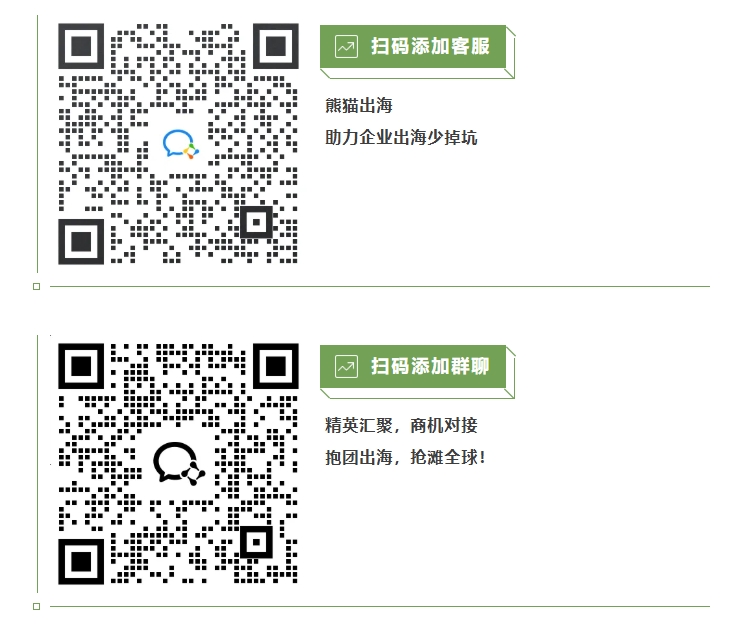Recently, Luhut Pandjaitan, chairman of the Indonesian National Economic Council, revealed that under the threat of US tariff policies, some Vietnamese textile and shoe factories will move to Indonesia. Investment Tips for Indonesia's Textile Industry 
"The only request they have is to speed up the approval of Amdal licenses, because we have reported this to President (Prabowo Subianto) and the President has ordered to speed up the approval process." Luhut said at a closed-door meeting (retreat) of local government heads held in Magelang, Central Java recently.
In addition, Luhut also revealed that dozens of investors will meet directly with President Prabowo.
"We are arranging for 10-15 investors to meet with the president so that they can directly express their needs or demands." Luhut added.
Luhut said that since the industry is labor-intensive, the existence of these factories will create a large number of jobs. The factories will be mainly relocated to Java Island.
"They will go into many areas in Central Java, West Java and East Java. This can create jobs, maybe 1 million to 1.5 million jobs in the next 1.5 years," Luhut said.
In Indonesia's textile industry chain, cotton, caprolactam, adipic acid and other raw materials are highly dependent on imports, dissolving pulp, paraxylene, ethylene glycol, polypropylene, polyamide and other chemical fiber raw materials and chemical fiber filaments are all dependent on imports to a certain extent; weaving, non-woven, printing and dyeing and other products are also partially dependent on imports.
In addition, as the country with the largest Muslim population in the world, Indonesia's Muslim fashion industry has added a unique cultural color to the textile industry. According to data from the Indonesian Ministry of Industry, Indonesia's Muslim fashion industry ranks third in the world, becoming the country's highest-ranked Muslim creative industry in the world.
In recent years, the top five destinations for foreign direct investment in the textile and garment industry are West Java, Central Java, East Java, Banten, and Jakarta. Among them, West Java and Central Java are the main destinations for foreign investment. About 78% of textile companies and 94% of clothing companies choose to invest and produce in this region. In the past five years, China's textile and garment companies invested in Indonesia are also mainly concentrated in the east, middle and west regions of Java Island.
With the signing of the Regional Comprehensive Economic Partnership Agreement (RCEP), Indonesia's position in textile exports has been further consolidated, becoming an important textile supply base for member countries such as Australia, Japan, and Singapore.
Comprehensive source: IDXChannel. Textile and Apparel Weekly, etc.


